Primrose Are Notoriously Difficult To Grow From Seed And Are Only Viable For 2-3 Years
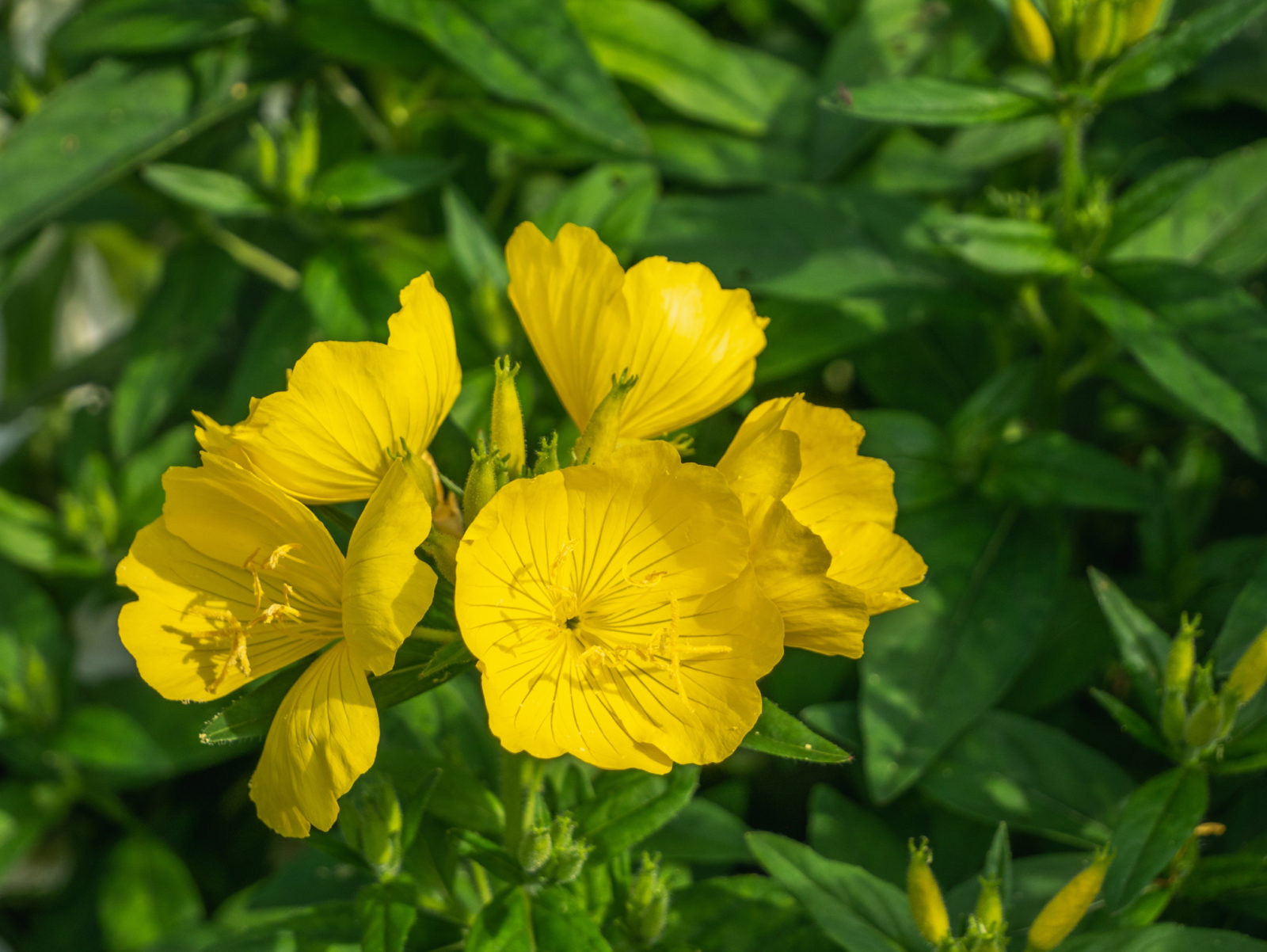
PERENNIALS > PRIMROSE > SOWING

Elizabeth is a Permaculture Garden Designer, Sustainability Consultant and Professional Writer, working as an advocate for positive change. She graduated from the University of St. Andrews with an MA in English and Philosophy and obtained a Diploma in Applied Permaculture Design from the Permaculture Association.
Reviewed By DAN ORI

Dan has over 27 years’ under his belt caring for plants and gardens. Working as a Horticultural Instructor and Consultant, he draws on a diverse range of experience that includes working as a Head Gardener, Tree Surgeon, Garden Centre Trouble Shooter, and writer of academic papers. Dan has a Level 3 Diploma in Horticulture and is currently a candidate for the RHS’s most prestigious award – The Master of Horticulture.
IN THIS GUIDE
PRIMROSE GUIDES
Growing From Seed
Varieties
Primroses are extremely easy and popular options as summer bedding plants, but most are notoriously difficult to grow from seed.
Even though it might be challenging, it is possible to grow many of your favourite primulas this way.
To grow primrose plants from seed:
- Keep seeds in the fridge until required.
- Prepare a seed tray filled with seed compost.
- Sow seeds thinly on the surface of the compost.
- Place in a shady spot outdoors, with protection from pests.
- Wait until seedlings have at least four leaves, then prick out and pot up seedlings into individual pots.
- Overwinter in pots in a frost-free but reasonably cool location.
Learn more about this entire process below.
When To Sow Primula
Many varieties of primula, including varieties of Polyanthus and Auricula, are best sown from February to April.
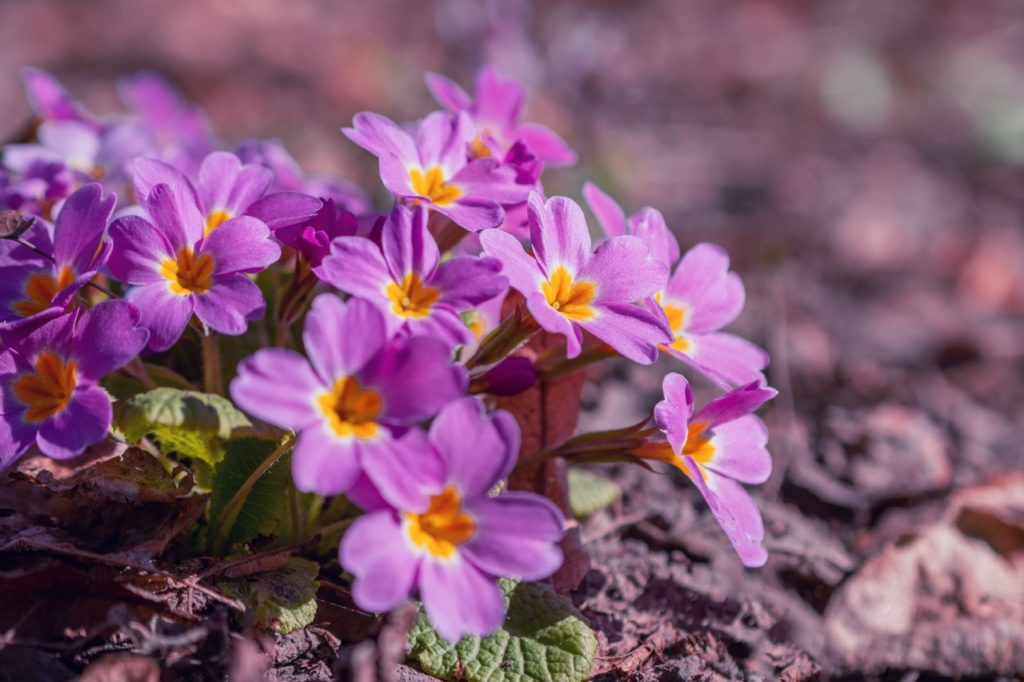
Some light frost can actually help germination, but you should avoid planting too early, and in colder areas, hold off until April.
Sow your seeds any time before the end of May and you should still see some flowers the following year.
| Difficulty | Hard |
| Equipment Required | Seed, seed tray or pots, growing medium, greenhouse or undercover area |
| When To Sow | February – April |
1) Source & Store Seeds
It is important to note that some varieties of primula are far more likely to germinate successfully than others.
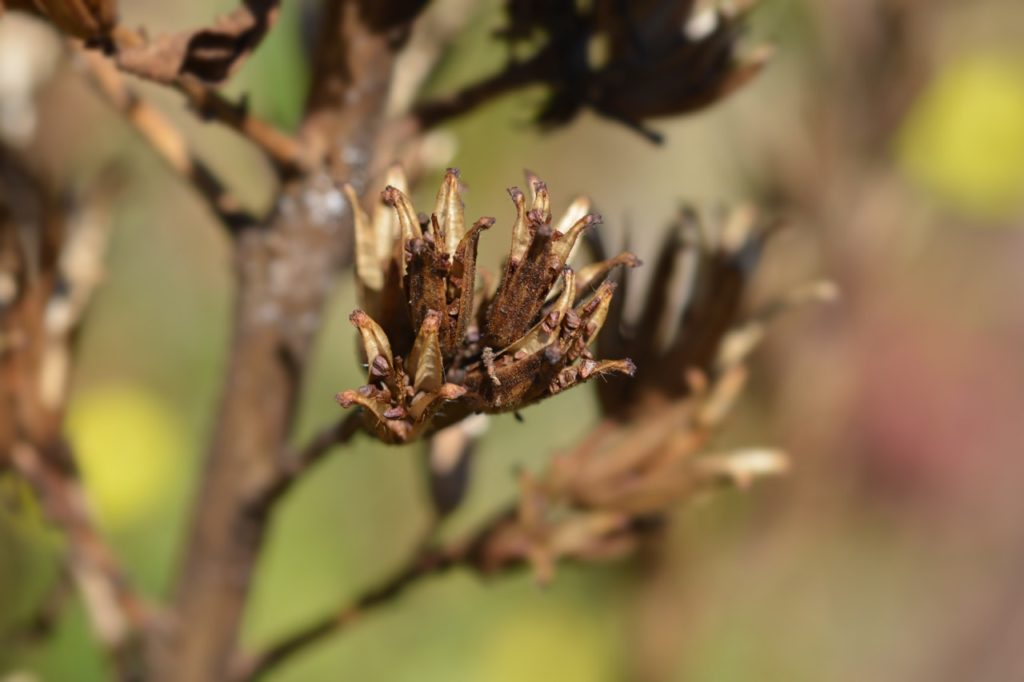
You can purchase seeds and should follow the seed-starting suggestions given for the specific type and cultivar.
In some cases, you might also be able to collect seeds from primroses you are growing, as long as you have not deadheaded and have allowed the plants to go to seed.
When the seeds arrive or when you collect them, place them in a screw-top jar in your fridge, where they should remain viable for 2-3 years.
2) Prepare Your Seed Tray
Make sure that you choose your growing medium carefully.
Primula seedlings can be very sensitive to mineral salts contained in fertilisers which are found in some seed mixes, so choose a high-quality seed-starting compost.

Look for or make one with good aeration that is as fibrous and gritty as possible.
Make sure your compost is not too fine or it may become compacted with watering.
3) Sow The Seeds
Seeds should be sown thinly on top of the medium, then gently pressed against the surface and not covered.
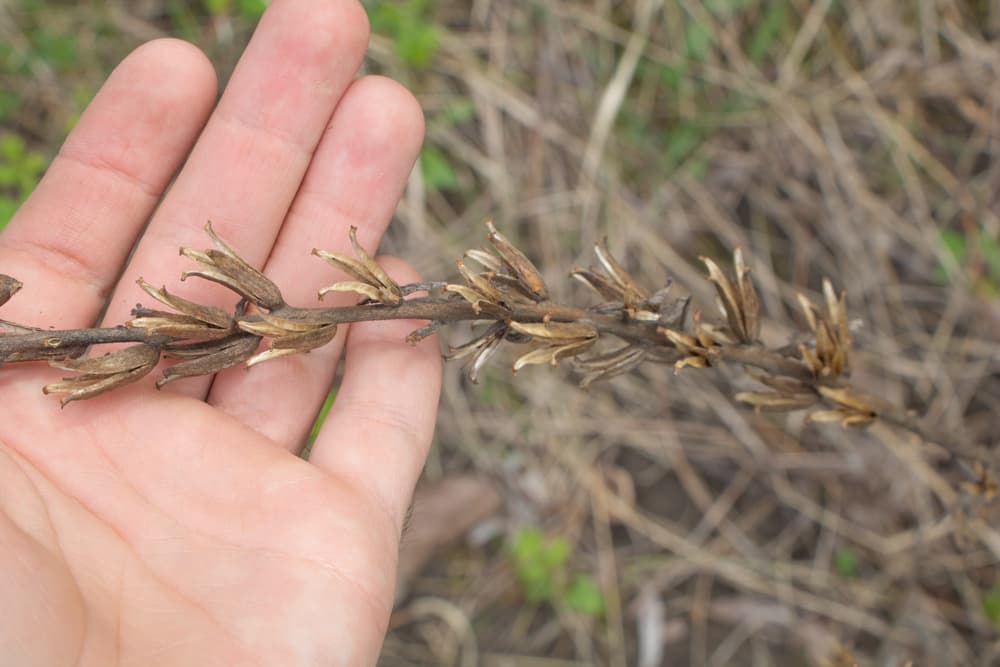
They need light to germinate.
Some which germinate more slowly can be sown onto a thin layer of very fine grit over the compost.
Water the seeds in with a fine sprinkling, then place a perforated lid over the tray to offer protection from pests.
4) Place Outdoors
Place the covered tray outside in a shady location, not under glass.
Under glass, temperatures can be too warm, even in spring.
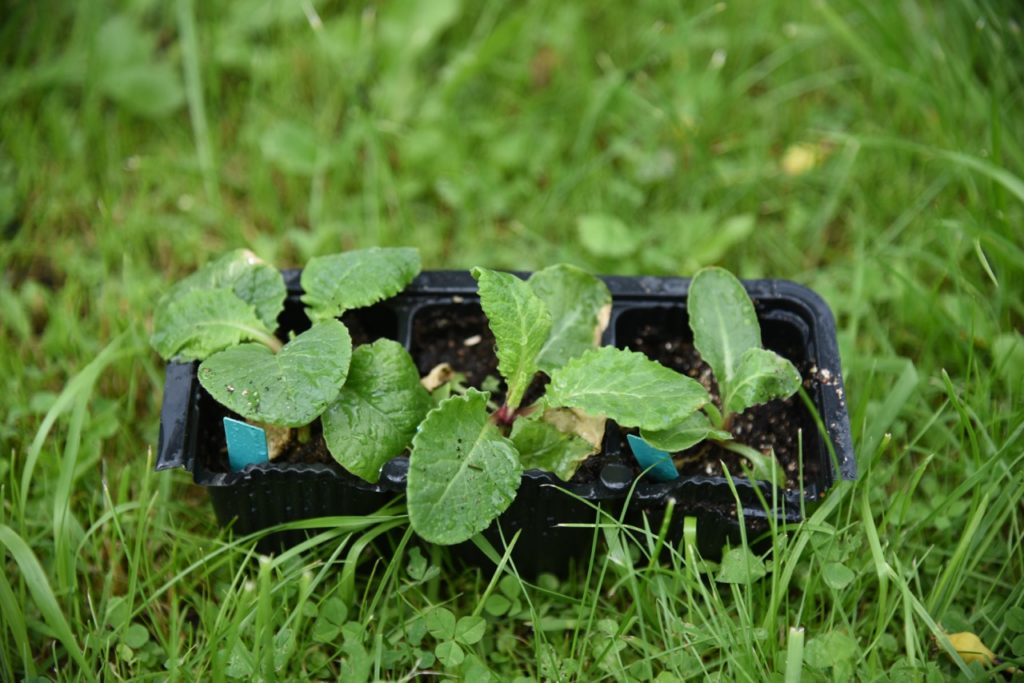
Ideally, temperatures should be maintained between 12-15°C for germination to take place, but periods of freezing and thawing are required beforehand, so it is best to sow as early as possible.
Primroses should germinate and sprout within around 3 weeks, but some types, like Auricula and Sieboldii, can take up to 6 weeks.
5) Prick Out & Pot Up
Prick out the seedlings only once they have developed at least 4 true leaves.
Pot up each of the seedlings that have germinated successfully into their own individual pots.
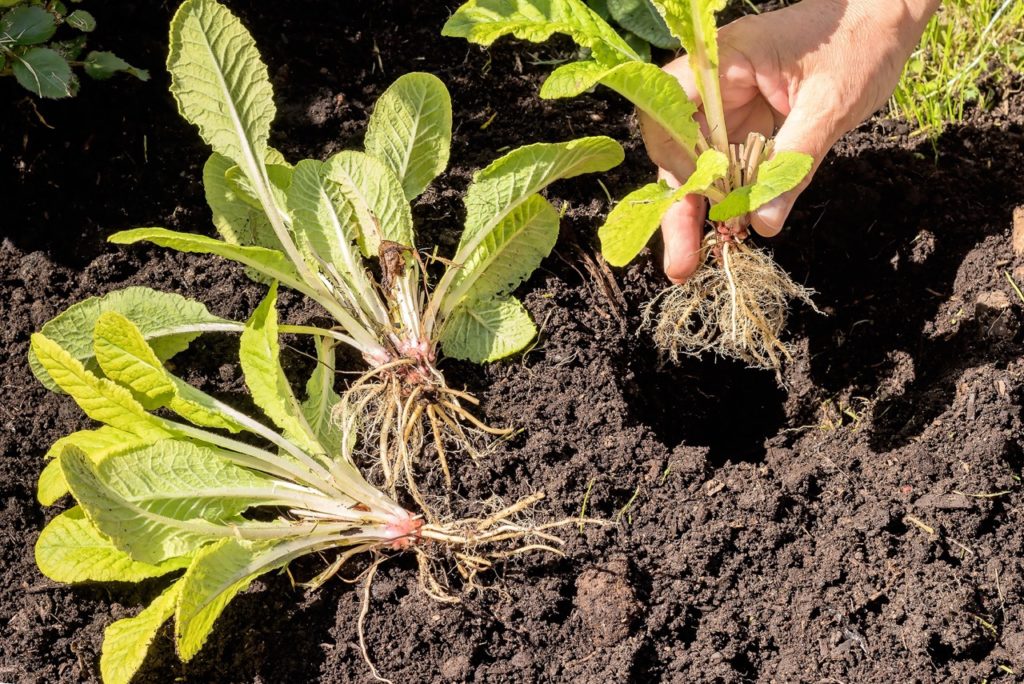
Water as needed and check regularly.
6) Overwinter
Keep the young plants in a cold frame or in a cool but sheltered position over the following winter.
Plant out your young primula the following spring and they should flower that year, a year after sowing.
“You will find Primulas are susceptible to fungal issues like Botrytis cinerea (grey mould),” shares Master Horticulturist Dan Ori.
“I spray a preventative anti-fungal treatment regularly on young and potted plants.
“Although there is no product that advertises that it prevents Botrytis available to the home gardener, a general fungicide should be effective and yes, you can now get an organic fungicide spray (look out for the green bottle).”
